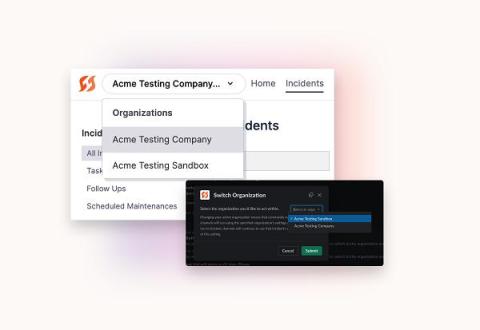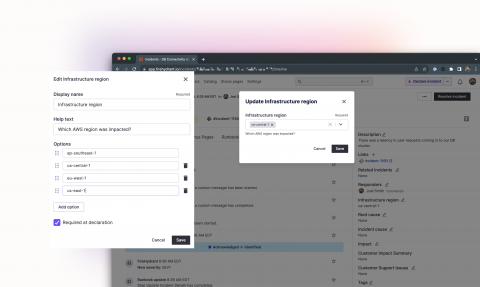More than downtime: the cultural drain caused by poor incident management
The costs of lackluster incident management are truly far-reaching. We’ve learned they go beyond explicit costs, like lost revenue and labor expenses. And that they go beyond the opportunity cost of engineers being diverted from building revenue-building features. The final area of incident cost that’s often overlooked is cultural drain.









